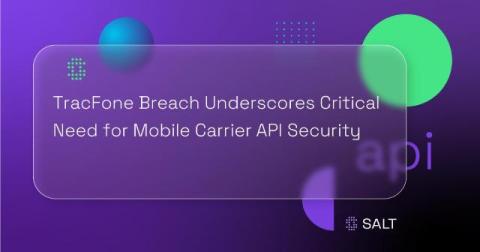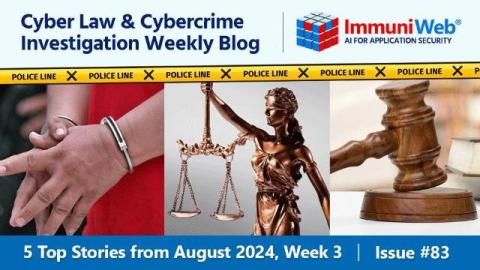TracFone Breach Underscores Critical Need for Mobile Carrier API Security
The recent Federal Communications Commission (FCC) settlement with TracFone Wireless, Inc. (TracFone) for $16 million highlights a critical vulnerability within the mobile telecommunications industry: API security. The investigation revealed unauthorized access to customer data through weaknesses in TracFone's mobile carrier APIs. This incident reminds mobile carriers to prioritize robust API security measures to safeguard customer data and ensure network integrity.











